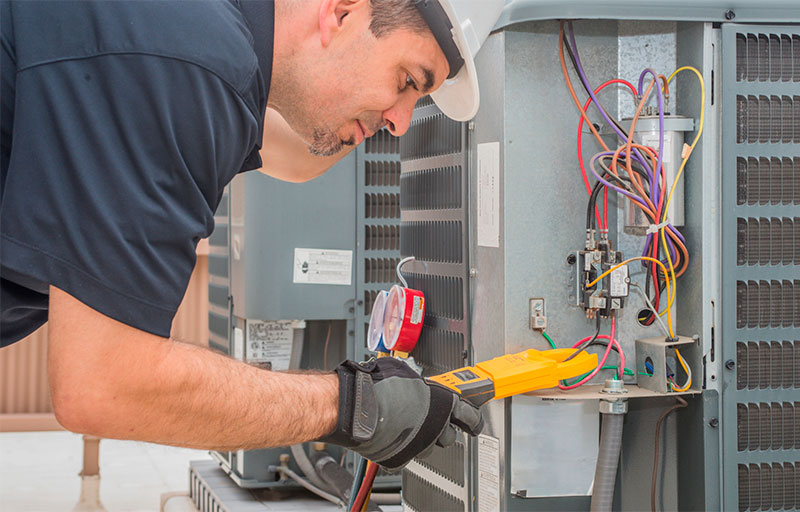DIY in this class of systems can be done by oneself, and thus avoid extra costs in hiring someone, but the supervision of a specialist will always be recommended so that there are no problems. Knowing this, here we present some common problems in the home or even industrial drying systems.
Moisture and drainage problems in the dehumidifier
Many of the failures are due to configuration problems in these systems, so you always have to check it, especially when it comes to humidity, because if it is perceived as very high, then the problem lies in the fact that the system does not on until it reaches an exact point of atmospheric saturation, rendering it ineffective. On the other hand, if the appliance shuts down before reaching the desired percentages, then the setting will be too low. In this sense, you will have to configure the system so that it operates for longer times.
Humidity and its relationship with temperature
When it comes to desiccant systems, ambient temperature has a lot to do with how a given device operates. The ambient temperature can affect the performance of the air conditioning mechanisms, in general, even in the same air conditioning. Certain models of dehumidification systems may be limited in their operation, according to the thermal fluctuations of a certain environment.
Now, as for drainage problems in dehumidifiers, this usually happens due to a badly placed drain pan, or one that is clogged by some scale or object. Some models in these mechanisms have the function of turning off automatically when the tray is full. In that sense, when it is full, then it will have to be emptied.
If a desiccant system like this is connected to a direct drain, then a drain pump must be used, always making sure that the drain pipe is well installed, without any kind of obstruction.
Air flows in the desiccant system
The most adequate flows or flows are achieved with the systematic cleaning of air filters. Dirt is the number one reason for poor performance in these systems; if the flow is obstructed, then the efficiency will be very poor. In this sense, both the entrance and the exit of the mechanisms must always be verified, so that there are no obstructions that put good circulation at risk.
Power supply and timers in dehumidifiers
Some models, and especially the most robust ones, usually operate with a certain voltage. For this reason, you should always check the fuses and connectors in your home or workplace, to ensure operation. Some desiccants have separate on and off switches. You just have to make sure it’s in the right position. If the same device also has timers, then you must be sure that it is optimally configured, because if it is programmed for automatic shutdown, it is possible that under certain parameters it stops working, making the system more inefficient with constant switching on and off, triggering relevant energy spikes that impact the business or home economy. For this reason, intelligent sensors are essential, so that they know how to give an adequate reading of the operation of the dehumidification system, concerning the perceived environment, and that the device does not turn off and on all the time, but rather knows how to dose the operation, with based on stand-by and start-up functions, with the least effort from the motor, compressor and other components of the drying system.
These are just a few examples of common desiccant system problems and solutions. However, if the problem is persistent, then it is best to seek help from an HVAC and AC professional. It is also better to go to them if you are not very sure about doing the repairs yourself.




